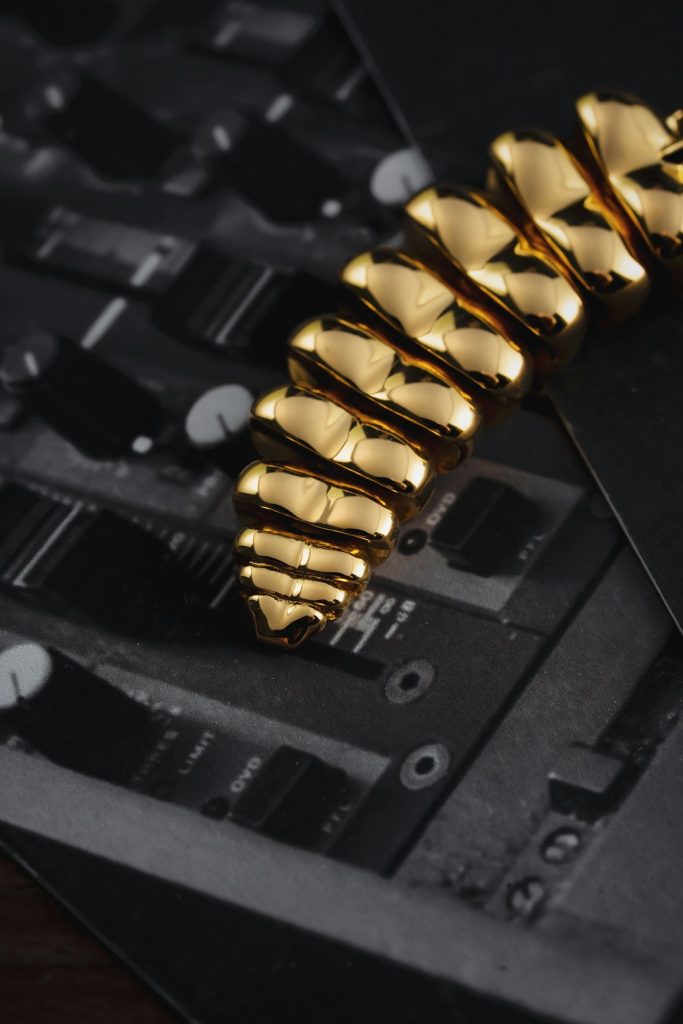You’re building or fixing your PC, and suddenly—bam! A tiny red or orange light is glaring at you from the motherboard. It’s labeled “CPU.” Panic mode: activated. But wait! Don’t toss your PC out the window just yet.
That little CPU light is trying to help you. It’s like an onboard detective. When something’s wrong with your processor or the connection to the motherboard, it lights up. It’s your motherboard’s way of saying, “Hey, we’ve got a problem with the brain of the operation!”
What is the CPU Light on a Motherboard?
The CPU light is part of the diagnostic LED system on most modern motherboards. Many motherboards come with four LEDs labeled:
- CPU
- DRAM
- VGA
- Boot
If the CPU light is on, it means there’s a problem related to the processor. This could mean a lot of things, but don’t worry—we’ll break it down step by step.
Why is the CPU Light On?
Here are the most common reasons your CPU light is shining like a bad omen:
- Incorrect CPU installation – Maybe the CPU wasn’t seated properly in the socket.
- Bent or broken pins – A small bend in those tiny pins can cause big problems.
- Forgot to plug in CPU power cables – Yes, we’ve all done it once.
- Outdated BIOS – New CPU + old motherboard = grumpy motherboard.
- Incompatible CPU – It might not be supported by your motherboard.
- Dead CPU or motherboard – Worst-case scenario, but we’ll help you test it.
Let’s Start Fixing It!
Roll up your sleeves. Time to become a PC detective. We’ll go through each fix, one by one. Keep your PC powered down and unplugged for safety.
1. Check the CPU Installation
This one is simple. Remove the CPU cooler and gently take out the CPU. Look closely:
- Is the CPU the right way around?
- No bent or missing pins?
- Is it sitting flush in the socket?
Use a magnifying glass if you need to!
Gently re-insert the CPU. Make sure it clicks into place. Reattach the cooler (don’t forget the thermal paste!).
2. Check the CPU Power Cable
This one’s a classic. There’s a separate power connector just for the CPU, usually an 8-pin plug near the top of the motherboard.
Check that it’s plugged in. Really plugged in. You might hear a small click when it’s seated properly.
3. Update Your BIOS
Got a shiny new processor? Your motherboard may not support it out of the box, even if the socket matches.
You’ll need to check the motherboard’s website. Look for a CPU compatibility list. If your CPU was supported only after a certain BIOS version, you’ll have to update it.
- Some motherboards support BIOS Flashback—this means you can update the BIOS without a CPU installed.
- Others need an older, compatible CPU just to update BIOS. Ask a friend or a local shop for help if needed.
We know, BIOS updating sounds scary. But don’t worry—you’re just giving your motherboard better instructions.
4. Try Minimal Boot
This trick can help narrow things down.
Build your PC like this:
- Motherboard
- CPU
- 1 stick of RAM
- Power supply
- No storage or GPU (unless your CPU has built-in graphics)
Power it on. If the CPU light is still on, that means the problem is likely still within our core suspects: the CPU, power supply, or the motherboard itself.
5. Swap and Test
If you have access to another compatible motherboard or CPU, now’s the time to swap and test. This helps find out if your CPU or motherboard is dead. If everything works with another board, your motherboard may be toast, and vice versa.
This step might not be easy, but it’s the best way to pinpoint the failed part.
Still No Luck?
If you’ve gone through all the above and your CPU light is still acting like a red lighthouse, it might be time to contact the manufacturer. You might need an RMA (return merchandise authorization) for either your CPU or your motherboard.
Bonus Tips
- Listen for beeps: Some motherboards have a speaker that beeps a certain number of times depending on the error. Look up the beep codes!
- Static electricity: Always ground yourself when working on a PC. Static can cause damage without you even knowing it.
- Double-check everything: It’s surprisingly common to miss a plug or install RAM incorrectly. Triple-check everything.
A Quick Recap
Here’s a summary of what to do when your CPU light comes on:
- Check CPU seating and pins
- Ensure CPU power cable is connected
- Update BIOS if needed
- Try a minimal boot setup
- Swap parts if available
- RMA if all else fails
Conclusion
Your PC is a beautiful machine, filled with tiny parts working in harmony. When something like the CPU light turns on, it’s not the end of the world—it’s just your computer saying, “Help me out here!”
With a little patience and careful checking, you’ll have it up and running (and gaming or working or surfing) in no time.
Now go forth, brave builder, and may your CPU light always stay off!
